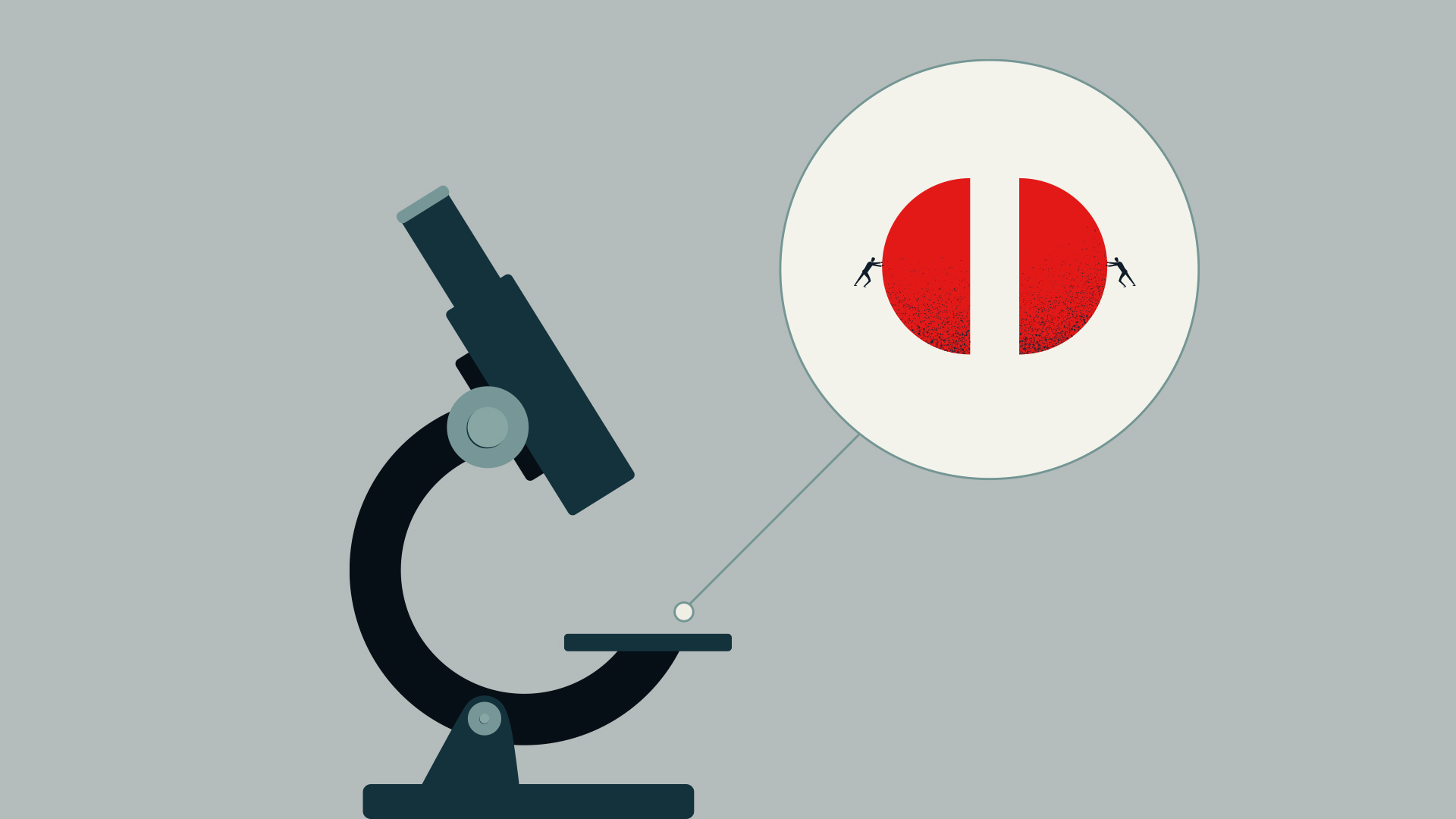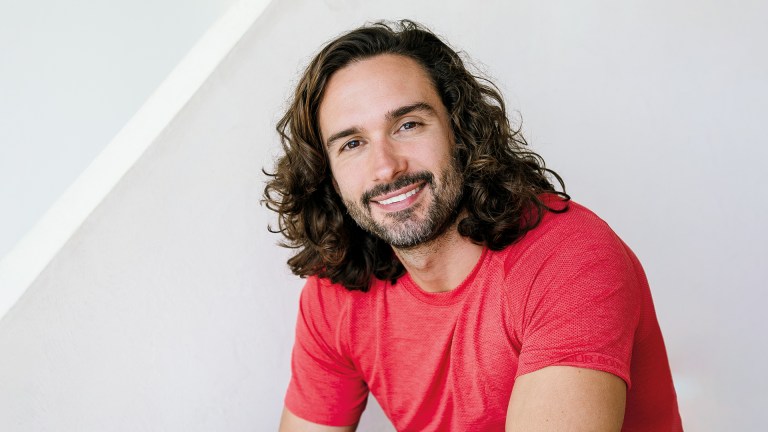Ernest Rutherford – the ‘father of nuclear physics’ – was a tall, bolshie New Zealander with a voice so loud that he’d disrupt electrical equipment in the lab in Cambridge. His students and staff were famous for concocting physics experiments out of tin cans and sealing wax, adding a few wires or magnets and making major breakthroughs.
They would sit for many hours staring down a microscope, counting little flashes of light on a screen in the dark. Rutherford knew how hard this was. His students would later recall hearing him singing songs at the top of his lungs as he jovially surveyed his labs. Rutherford intuitively understood something important about how to do difficult, ground-breaking, long-term work: we need to work together.
In the early 20th century, teams of experimental physicists consisted of only a few people, yet managed to revolutionise physics. It was discovered that the atom wasn’t solid but instead consisted of mostly empty space. Light and matter turned out to have both particle-like and wave-like properties.
And our view of matter was shifted from one of eternal constancy to inexorable change when it was discovered that atoms decay. As I explore in my book, these findings changed our view of the world, while also giving us the capacity to create powerful new technologies.
The decay of atoms gave us the ability to put an accurate chronology to ancient history, archaeological objects and geology – including the age of the Earth. The discovery of X-rays led to their everyday use in diagnosing and curing diseases. Our understanding of the electron and of quantum mechanics would lead first to electronics, TV, radio and telecommunications, and eventually to the modern semi- conductor devices on which we now depend. Well before any association of the word ‘nuclear’ with weapons and destruction, scientists worked across domains like physics, medicine and engineering to use our knowledge for the good of humankind.
When the Second World War broke out, physicists were asked to use their skills for their nations. Given unprecedented funding and a mandate to develop powerful weapons, physicists unintentionally became the ‘destroyers of worlds’ – to paraphrase Robert Oppenheimer, the leader of the Manhattan Project. The deployment of nuclear weapons was not in their control. Science, the physicists became aware, was now inseparable from politics. This changed everything.









